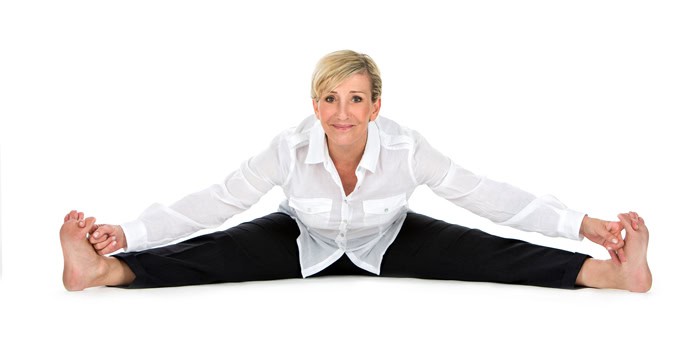How long does a work break need to be to make you feel better?
Not very long at all, according to a new research review on “micro-breaks,” which the authors defined as a break of 10 minutes or less. The findings were published on Aug. 31 in the journal PLOS ONE. People who took breaks experienced statistically significant boosts in their wellbeing—making them feel more vigorous and less fatigued. The results, based on a review of 22 previously published studies that included 2,335 participants, indicate that those who took micro-breaks had about 60% better odds of feeling energetic, according to Patricia Albulescu and Coralia Sulea, co-authors of the study and researchers at the West University of Timisoara in Romania.
The research was less conclusive on whether micro-breaks improve work performance, however. The benefits varied from study to study and across different kinds of tasks, and ultimately the effect wasn’t statistically significant, although the researchers found that there was improvement as the breaks got longer.
However, there’s robust evidence that for your average worker with a sedentary job, little breaks can have a big impact, says John P. Trougakos, professor of organizational behavior and HR management in the department of management at University of Toronto-Scarborough, and an expert on breaks. (He was not involved in the new review.) By combining both short and long breaks into the work day, workers will feel better and produce better quality work.
Here’s what to know about micro-breaks, and how they can improve your work day.
Why micro-breaks are important
Trougakos argues that the studies in the new review miss an important factor: fatigue tends to worsen over time. Since the experiments in the 22 studies were constrained by time, it wasn’t possible to measure the ways in which being tired at work can create a vicious performance cycle.
“The more fatigued you get, the more effort you have to put in to keep performing. So you actually are expending more and more effort and doing it less and less efficiently,” says Trougakos. “Short breaks, whether it’s a 10-minute break, a 5-minute break, standing up and stretching, you’re kind of giving the person a chance to stop the depletion cycle, but also re-energize themselves a little bit.”
Overall, Trougakos says, while there hasn’t been much research on micro-breaks and performance, science suggests that short breaks are important. That includes studies with an ergonomics angle, which have found that resting your eyes and stretching is necessary to avoid eye strain and skeletal fatigue—discomforts that can distract and drain workers. Not taking sufficient breaks can also negatively affect workers’ sleep quality and life outside of work, and gradually lead them to feel burned out. Studies suggest highly productive employees tend to work in relatively short spurts, with long breaks—according to one study published by a productivity tracker company, spending 52 minutes working for every 17 minutes of break. “The idea is: you don’t work more to be more productive; you work smarter to be more productive,” Trougakos says.
The ideal breaks
The breaks you need might depend on what you’re doing; for instance, activities you enjoy might drain you less than a task you hate or that causes you a lot of stress. As a general rule, however, Trougakos recommends spending about 90 minutes working, followed by a 15- or 20-minute break. Over the course of that working period, you’d also be taking micro-breaks. Trougakos suggests a short stretch break every 20 or 30 minutes, as well as a break to “get away from the task” somewhere in the middle of those 90 minutes.
But what is the best way to rest during these short breaks? While there’s evidence that some things are good for everyone, like stretching, relaxing, or light to moderate physical activity (think: taking a walk), Trougakos says, the best break depends on an individual’s preferences. For instance, an extrovert might choose to grab a coffee with their work friends, while an introvert might duck outside with a book. The key, he says, is that you have control over what you do during your break.
To be sure, Trougakos admits that some managers and companies will be nervous about permitting their employees to take so many breaks. Flexibility is key—employees have different needs for breaks, which might vary depending on the task or even from day to day. However, in many cases, Trougakos argues that the shift to hybrid schedules and working from home has given organizations and workers a novel opportunity: to branch out and find new ways to work to maximize productivity. While permitting break flexibility might feel counterintuitive to companies, it actually fits with what most employers value: to “get people to be fully productive, but also be healthy and have a balanced life,” Trougakos says.
More Must-Read Stories From TIME



















Discussion about this post